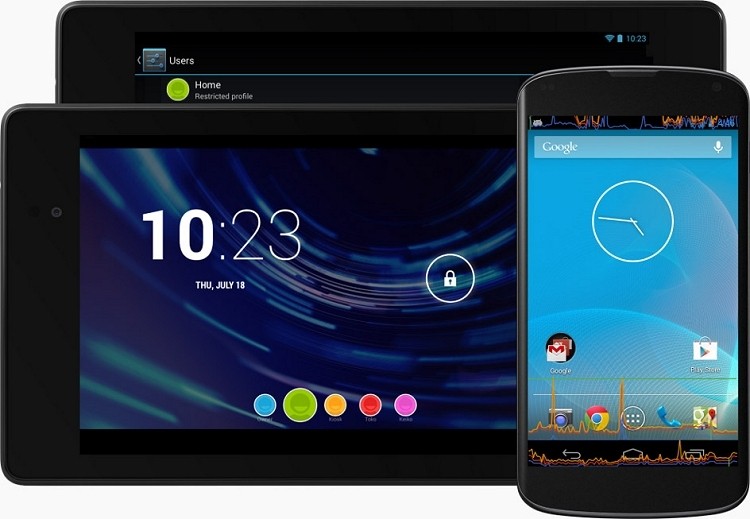Google has had a lot of success with their Nexus line as many have shown great interest in using a pure version of Android. Even without all of the clunky overlays, however, Nexus devices have fallen victim to performance degradation over time. Sure, this can be remedied with a full system flash but that's not exactly the best answer to the problem.
As it turns out, Nexus devices (and probably many others) suffer from the same issue that plagued early solid state drives: garbage collection. Flash memory works differently than traditional spinning disc storage in that when you delete a file, the space is freed up as far as the user is concerned. The internal workings of the I/O storage system, however, still treat that section of memory as if it contains data.
Rinse and repeat this cycle over the course of several months and the storage system takes a serious performance hit as it is still tracking "empty" blocks as if they have data associated with it.
That's where TRIM support comes in. TRIM acts as the middleman between empty blocks of storage and the controller in charge of everything. It tags these empty blocks as ready for garbage collection / recycling at which time the controller knows it will no longer need to track those blocks. As you can imagine, not having to track empty blocks keeps the storage system running at peak performance.
Having said that, Android 4.3 will bring TRIM support to Nexus devices (and others as the software update trickles down). Fortunately, users won't need to perform any special tasks as TRIM will work automatically in the background, notifying the storage controller about garbage collection / recycling every 24 hours or so depending on device usage.
